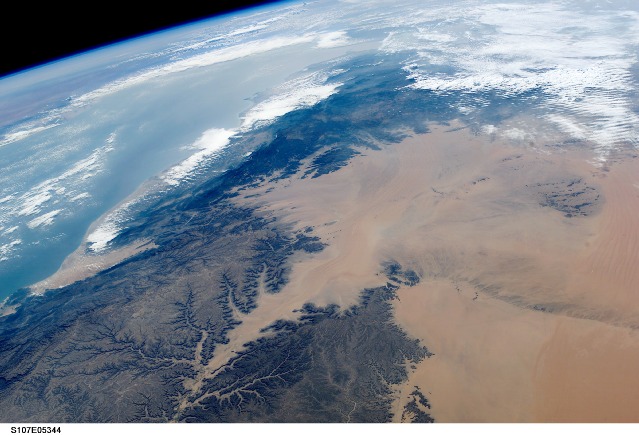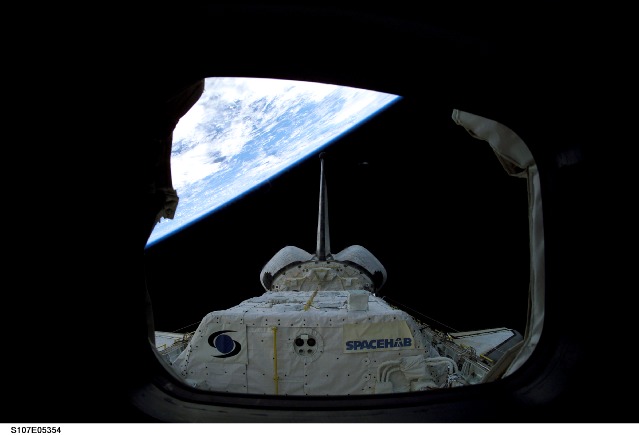.
Myth - Columbia's debris hit the ground at incredible speeds because of their fall from the extreme altitude
Many people insist that Columbia’s debris hit the ground at incredible speeds because of the altitude they fell from. But that’s wrong. Physics professor Bart Lipofsky said, "Terminal velocity is the maximum speed anything can achieve when falling through an atmosphere." Dense streamlined objects can reach a terminal velocity of a couple of hundred miles per hour.
At extreme altitudes there's less pressure and less drag so an object can fall faster, but once that object descends to the lower atmosphere its terminal velocity decreases and it slows down. Lipofsky noted, "For an object entering the atmosphere from outer space the fringes of the atmosphere will slow it down to terminal velocity far above the Earth's surface."
Nevertheless many refused to believe these laws. One reporter insisted, "Columbia's pieces were falling faster when they hit the ground because of its high altitude. I've taken physics, I know what I'm talking about." Lipofsky said, "Maybe next time when he takes physics he should actually open his book and read it because he's completely wrong."
When Columbia came apart everything inside - from stickers to the massive turbopumps - fell and accelerated until they reached their own terminal velocities. In the rarified upper atmosphere, they would have continued to accelerate to very high speeds, but once they entered the lower atmosphere they would slow down to ordinary terminal velocities. Light fluffy objects had a terminal velocity of less than a mile per hour, the most dense aerodynamically shaped objects could have had terminal velocities of a couple of hundred miles per hour. Nothing could have been traveling any faster by the time it reached the lower atmosphere.
-
Myth - NASA said there were no photos of Columbia's wing
NASA stated that the BOTTOMof Columbia's wing could not be viewed from within the crew cabin, or the areas closest to the fuselage. That was misinterpreted by some who thought that NASA said no portions of the wing were visible from the crew cabin. One conspiracist pointed to this very innocent photo which NASA released during the mission as "evidence" that NASA was lying since the wing is visible in this photo.
Spacehab had put in a low priority request for the astronauts to take a photo of the Spacehab module and one of the crewmembers complied. Spacehab manager Pete Paceley even showed the photo during the mission status briefing on January 30! Not only is NASA not trying to hide this photo - it's available for anybody who wants it - for free. It's in NASA's Flight Day 7 photo collection.

STS107-E-05344 (22 January 2003) --- One of the astronauts onboard the Space Shuttle Columbia used a digital still camera to capture this photograph of Earth's horizon featuring South Yemen and the Gulf of Aden. Also visible are the Hadramawt Plateau and the Ramlat as Sab'atayn sands (long triangular feature). Approximate coordinates of the featured area are 16.0 degrees north latitude and 48.5 degrees east longitude.
-

STS107-E-05353 (22 January 2003) --- SPACEHAB Research Double Module as seen from Columbia's aft flight deck.
-

STS107-E-05359 (22 January 2003) --- SPACEHAB Research Double Module as seen from Columbia's aft flight deck.
-

STS107-E-05354 (22 January 2003) --- SPACEHAB Research Double Module backdropped against black space over Earth's horizon, as seen from Columbia's aft flight deck.
-

STS107-E-05485 (22 January 2003) --- One of the crew members aboard the Space Shuttle Columbia used a digital still camera to capture a sunrise from the crew cabin during Flight Day 7.
